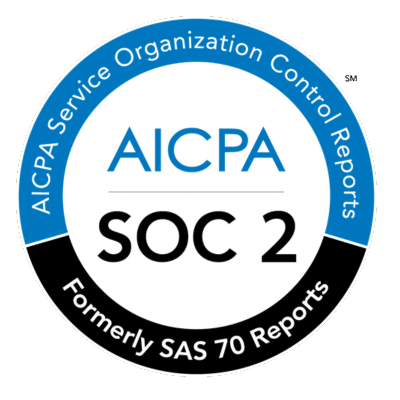Evolution into the current human race took over a million years but income analysis of borrowers and lending process would evolve quicker!
From the former times of complete paper based analysis to a digital version- we have indeed come a long way. But the most taxing, time-consuming, and indispensable task is still the evaluation of the borrower’s financial statements to assess the creditworthiness of business entities. This dilemma stems from the massive amount of disjoint financial data, a lengthy process, and the shakiness of risk models. In any financial institution, banks or NBFCs, lenders need to assess both, the accounting and finance documentation to know the overall financial position of the borrower’s entity.
Akin to a poetic scenario of the past and future meeting at a horizon.
Accounting corresponds to the financial situation based on historical transactions, while finance corresponds to the future position of business expansion, both being critical to decision-making processes at financial institutions. The accounting numbers are evaluated and translated to build forecasts for business decisions, and the financial assessment is concentrated around assessing value and capital allocation. Financial analysis is an essential aspect of business that is based on accounting to make decisions with clarity.
Risks & Challenges
Analysis of financial documents helps ascertain whether the borrower meets the essential requirements of the approval process: “Can Pay”, “Will Pay”, and “Payment” in unpredictable circumstances. The analysis report of the three primary financial statements of income or profit & loss statement (P&L), cash flow statement, and balance sheet enable checking the risk factor involved with the borrower. The key outcome from analyzing financial statements is a completely transparent view of the entity’s financials and a decision point of whether to sanction the business for financing, at what rates, and how much.
Many challenges encountered during the assessment process include unstructured data, data analysis, process inefficiency, and loss of potential of decision-making insights. These challenges also impact other operations of the lending cycle, including high user experience, servicing costs, onboarding, and payment processing. As most loan servicing costs are associated with the underwriters, enhancing employee efficiencies to reduce analysis time is a priority. There is also a significant impact on onboarding new clients due to excess time expended while reviewing financial statements and payment processes caused by short or overpayments due to compromised accuracy leading to poor revenues.
Data & Technology
Although there are products available in the market to resolve the associated problems, they fall short of meeting the varying expectations of the lending companies. In contrast, Perfios has built Financial Statement Analyzer (FSA) to automate the collection, analysis, categorization, and curation of financial documents. FSA drastically reduces the processing time to 45-50 minutes per year of financials helping helping businesses concentrate on profit-generating avenues and decrease repetitive and menial tasks. It generates a comprehensive report in a tailor-made format according to business policies, making it user-friendly.
Perfios’ Financial Statement Analyser utilizes the hybrid process of technology and human expertise, offering a high data accuracy due to Perfios’ validation checks. FSA takes advantage of technology and leverages machine learning to interpret data to identify essential information. Based on this, final customized reports are created, which are then utilized by the underwriters to lend credit or reject the proposal. The generated information has many data points that provide vital insights that are critical in your decision-making processes. The detailed report is highly consolidated, sectioned, and segregated distinctly based on various segments maximizing its use.
Portfolio Optimizer
Our product offers richer reports delivering deep insight into the borrower’s business and enhancing the underwriter’s performance to make decisions quickly. The lending company can generate more loan applications through faster processing times and dynamic pricing by freeing up the underwriter’s time. Another advantage is the ‘Learning System’, which is incorporated in FSA. By automating manual entries and review processes, the learning system improves with each work session and provides high quality output by predicting outcomes resulting in further compression of process time.
Extensive experience in data analytics developed over time combined with FSA, Perfios offers the next level of automation and learning in financial statement analysis. FSA empowers your company to focus on lending while it takes care of supercharging your underwriting team. With a ready-made product like FSA, you can work on your core competency, and we provide you with scalability and flexibility to respond to ever-changing industry conditions.
Our latest offering FSA V2 has successfully further reduced the underwriter’s analysis time and made decision points readily available, shrinking the average time to approximately 30 to 35 minutes per a year of financial data. FSA offers intelligent business inferences to credit companies by extracting important data to comprehend the key performance indicators based on audit requirements, which provides your business a substantial competitive advantage over its contemporaries.
Want to learn more? Connect with us to experience a new transformation!














